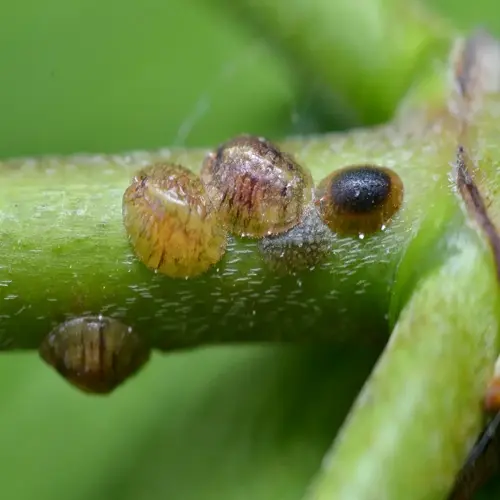What indicates successful propagation?

Written by
Liu Xiaohui
Reviewed by
Prof. Samuel Fitzgerald, Ph.D.Noting signs of successful plant propagation prevents the misuse of young plants before they are ready for transplanting. The actual root formation of successful cuttings can be observed using clear containers. The growth of newly erupting leaves at the nodes is also a sign that cuttings are thriving. There should be some resistance to the pull when any cuttings are pulled gently. All of the above indicators are noted daily during the critical period of rooting of cuttings. Patience is the virtue that will bring healthy new plants.
If new growth appears on the leaves, it indicates that the root system is actively growing. The small leaves growing from the nodes of the stem indicate that photosynthesis has occurred. The mint cuttings I rooted show leaves in about ten days. You can see them here before the roots are visible. This indicates that the cutting has successfully established itself.
Root resistance is a good sign of root development. After three weeks, gently tug on the cuttings to feel for a little anchorage. Avoid pulling on a cutting tool very hard. I only test one cutting out of the batch. If the roots have formed an anchor in the growing medium, your plants should be stable.
Visual Signs
- White roots visible through containers
- New leaf growth at nodes
- Healthy green stem coloration
Physical Tests
- Gentle resistance when tugged
- Firm stem base to touch
- Established weight in containers
Timing Milestones
- Root emergence within species timeframe
- Progressive growth over weeks
- No signs of decline after transplant
Evidence of transplant readiness is substantial growth. The root ball fills the container evenly. The plant has outgrown its starter pots. I wait until it has produced two sets of true leaves. Your plants will transition much more smoothly once their roots are fully established.
Steer clear of frequent misunderstandings. The white fuzz is mold, not roots. The soft stems are rotting, not growing. Yellow leaves indicate stress in your plant, not your plant's advancements. I take pictures of my plants daily to see changes. You can tell the signs of real success from problems.
Document progress systematically, track development with dated photos. Note growth milestones. I use propagation journals. You identify patterns and improve techniques season after season.
Read the full article: 7 Essential Plant Propagation Techniques Explained

